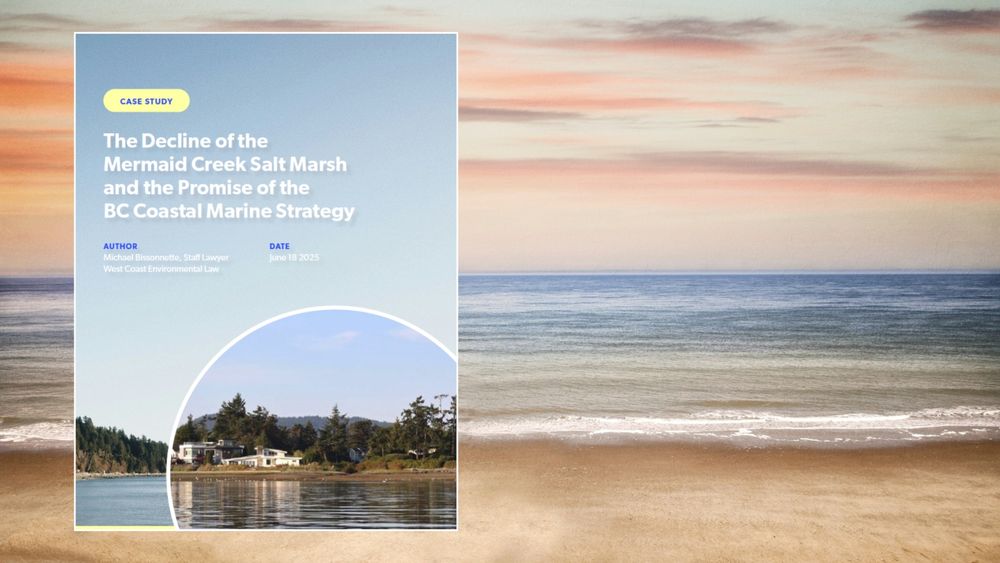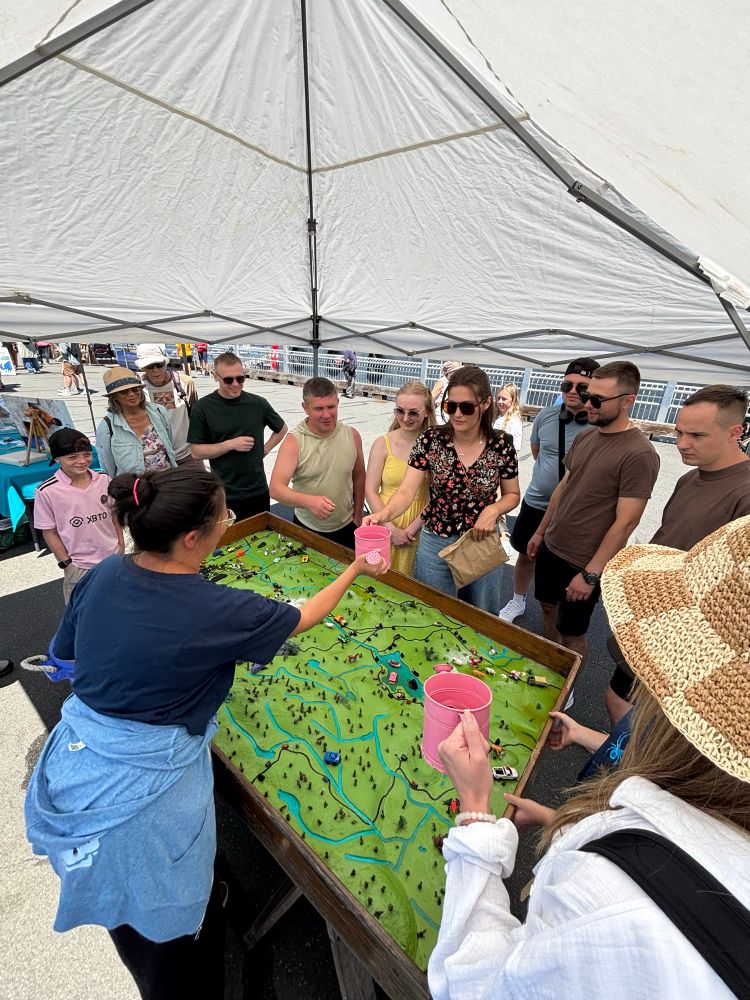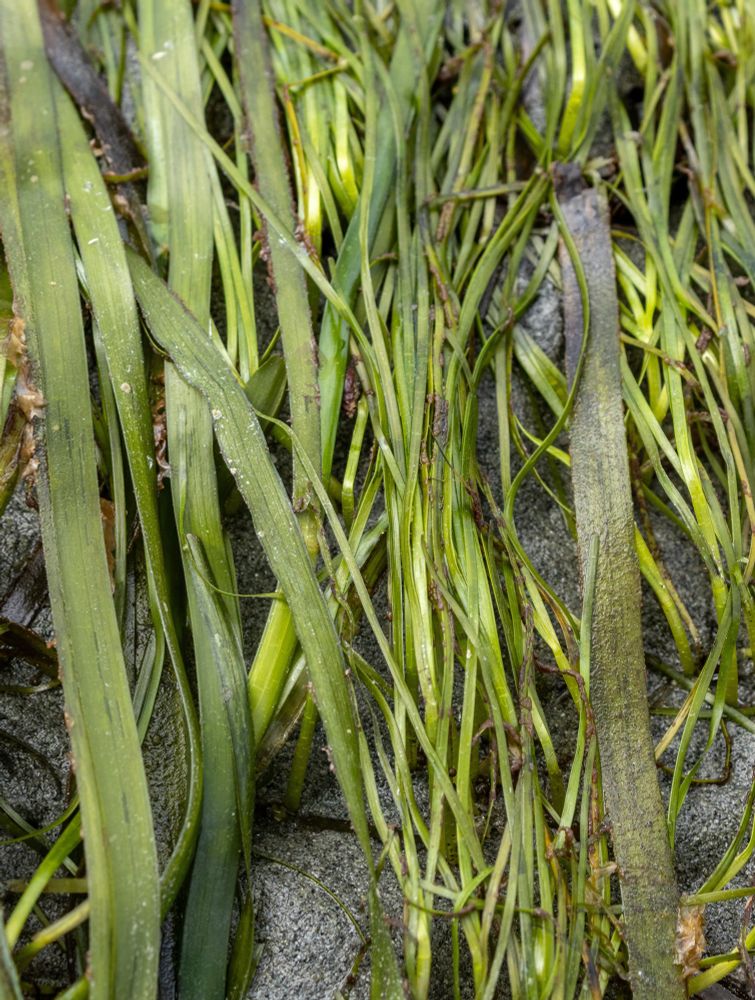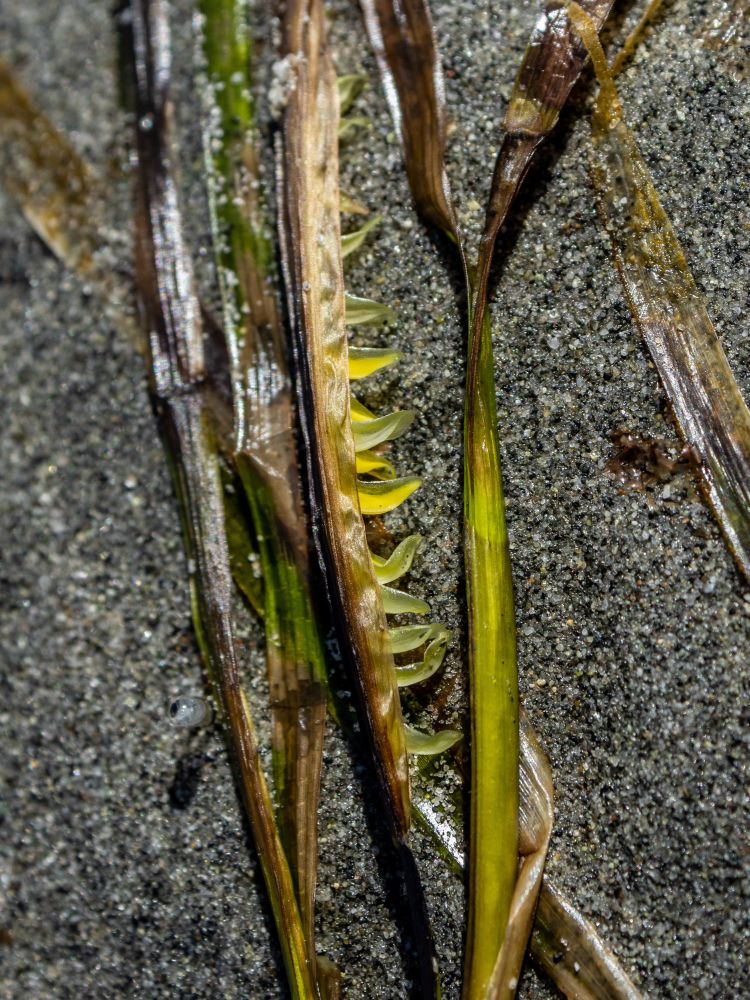
We strive to understand, measure, and mitigate the impacts of human activity and climate change on coastal ecosystems 🌊🔬🌱




We are SeaChange Marine Conservation Society. We believe communities are the heart of conservation & restoration
Our mission is to understand, conserve, restore, & manage coastal ecosystems in partnership with coastal communities & within the broader conservation collective
The team has already been out in the field, conducting aerial surveys around Tofino in June.


The team has already been out in the field, conducting aerial surveys around Tofino in June.

@seachangemarine.bsky.social @wwfcanada.org @cpawsbc.bsky.social

@seachangemarine.bsky.social @wwfcanada.org @cpawsbc.bsky.social
“It was such an incredible experience to go on my first ShoreZone survey in Clayoquot Sound!” said Helena, Mapping Technician




“It was such an incredible experience to go on my first ShoreZone survey in Clayoquot Sound!” said Helena, Mapping Technician



🌎

🌎
SeaChange team members attended 8 different events that allowed us to reach hundreds of people to share about eelgrass, our work, and what everyone can do to help the ocean.




SeaChange team members attended 8 different events that allowed us to reach hundreds of people to share about eelgrass, our work, and what everyone can do to help the ocean.
📷 @intertidalkendy.bsky.social

📷 @intertidalkendy.bsky.social
Eelgrass meadows are home to an abundance of marine life, with some species being particularly adapting to blend in with the green eelgrass shoots. It can be challenging to spot an eelgrass isopod or Taylor’s sea hare.
📷 @intertidalkendy.bsky.social

Eelgrass meadows are home to an abundance of marine life, with some species being particularly adapting to blend in with the green eelgrass shoots. It can be challenging to spot an eelgrass isopod or Taylor’s sea hare.
📷 @intertidalkendy.bsky.social
Why attend?
💡 Learn about diverse opportunities for your future.
👥 Take advantage of networking opportunities with professionals, employers, and academic institutions
🐟 Identify training, mentorship, and job opportunities.

Why attend?
💡 Learn about diverse opportunities for your future.
👥 Take advantage of networking opportunities with professionals, employers, and academic institutions
🐟 Identify training, mentorship, and job opportunities.
We will be back conducting another underwater marine debris cleanup in Cadboro Bay from May 13 - 17th!

We will be back conducting another underwater marine debris cleanup in Cadboro Bay from May 13 - 17th!
In late spring & early summer, yellow eelgrass (Zostera marina) flowers will bloom. Like terrestrial plants, these flowers need to be pollinated, which happens during tidal shifts! 🌊
📷 @intertidalkendy.bsky.social


In late spring & early summer, yellow eelgrass (Zostera marina) flowers will bloom. Like terrestrial plants, these flowers need to be pollinated, which happens during tidal shifts! 🌊
📷 @intertidalkendy.bsky.social
Join us for the 2025 ShoreZone Partners Meeting. Our theme this year is ShoreZone in the Past, Present, and Future: Changes over Time. We will explore how ShoreZone has evolved, how it is currently being used, and what the future holds.

Join us for the 2025 ShoreZone Partners Meeting. Our theme this year is ShoreZone in the Past, Present, and Future: Changes over Time. We will explore how ShoreZone has evolved, how it is currently being used, and what the future holds.
The Resilient Estuaries of the Salish Sea (RESS) team was in Cadboro Bay in March to cleanup marine debris. We pulled 1.48 tonnes of debris from the sea floor, including a boat trailer, ropes, tires, and a mattress!
📷 Jamie Smith / Coastal Photography Studio

The Resilient Estuaries of the Salish Sea (RESS) team was in Cadboro Bay in March to cleanup marine debris. We pulled 1.48 tonnes of debris from the sea floor, including a boat trailer, ropes, tires, and a mattress!
📷 Jamie Smith / Coastal Photography Studio
Last month the Resilient Estuaries of the Salish Sea team got out on the water in SṈIDȻEȽ (Tod Inlet) to monitor water and sediment quality. They are looking at bacteria, nutrients, and heavy metals in the water, and heavily metals in the sediment.

Last month the Resilient Estuaries of the Salish Sea team got out on the water in SṈIDȻEȽ (Tod Inlet) to monitor water and sediment quality. They are looking at bacteria, nutrients, and heavy metals in the water, and heavily metals in the sediment.
From kelp forests to salt marshes, each habitat is critically important for the health of the planet. Through initiatives like ShoreZone and Resilient Estuaries of the Salish Sea, we are working to better understand and protect ocean ecosystems.




From kelp forests to salt marshes, each habitat is critically important for the health of the planet. Through initiatives like ShoreZone and Resilient Estuaries of the Salish Sea, we are working to better understand and protect ocean ecosystems.
Want a copy? Send us an email at connect@seachangesociety.com with the subject line “RESS colouring book” & we will send you a PDF version to print yourself!

Want a copy? Send us an email at connect@seachangesociety.com with the subject line “RESS colouring book” & we will send you a PDF version to print yourself!
Harbour seals (Phoca vitulina) are one of the most widely distributed marine mammals, found in temperate and sub-Arctic coastal waters of the northern hemisphere.
📸 @intertidalkendy.bsky.social


Harbour seals (Phoca vitulina) are one of the most widely distributed marine mammals, found in temperate and sub-Arctic coastal waters of the northern hemisphere.
📸 @intertidalkendy.bsky.social
Wolf-eels (Anarrhichthys ocellatus) are not actually true eels, though they closely resemble them. As juveniles, wolf-eels are orange in colour while the adults are dark grey! Adults can also grow to be 2.4 metres in length!


Wolf-eels (Anarrhichthys ocellatus) are not actually true eels, though they closely resemble them. As juveniles, wolf-eels are orange in colour while the adults are dark grey! Adults can also grow to be 2.4 metres in length!
These images were taken during a ShoreZone survey in the Gulf Islands back in 2021. Ochre sea stars are a common sight along the coast. They are usually purple or orange in colour and can be found throughout the intertidal.

These images were taken during a ShoreZone survey in the Gulf Islands back in 2021. Ochre sea stars are a common sight along the coast. They are usually purple or orange in colour and can be found throughout the intertidal.
Photos by @intertidalkendy.bsky.social


Photos by @intertidalkendy.bsky.social
The surveys were successful, and the team found that thankfully there wasn’t too much debris in the area! #ResilientEstuariesOfTheSalishSea


The surveys were successful, and the team found that thankfully there wasn’t too much debris in the area! #ResilientEstuariesOfTheSalishSea
What else do we see here? Black lichen, barnacles, rockweed, green algae, red algae, brown algae, and bull kelp!

What else do we see here? Black lichen, barnacles, rockweed, green algae, red algae, brown algae, and bull kelp!
In early spring, Pacific herring spawn off the coast. Female herring lay their eggs on algae, eelgrass, and other objects. The males release milt, sperm, to fertilize the eggs. This milt turns the colour of the water into a dazzling turquoise!




In early spring, Pacific herring spawn off the coast. Female herring lay their eggs on algae, eelgrass, and other objects. The males release milt, sperm, to fertilize the eggs. This milt turns the colour of the water into a dazzling turquoise!
Thank you so much for your patience as we get this work done!

Thank you so much for your patience as we get this work done!

